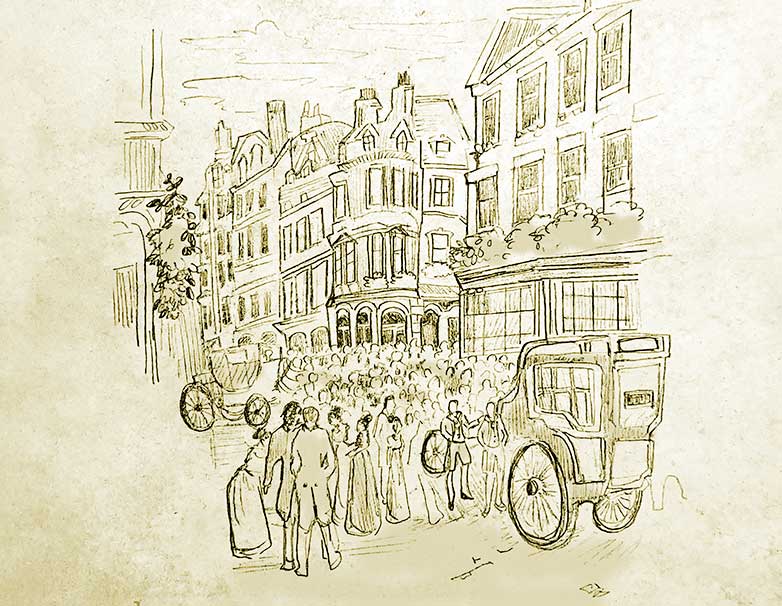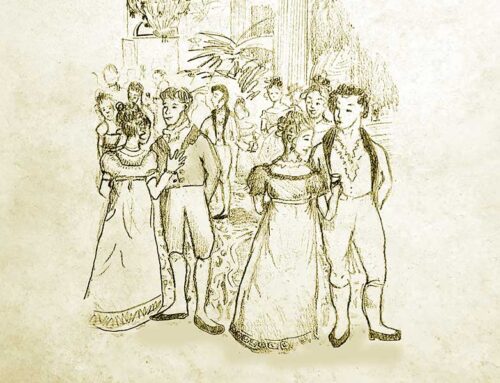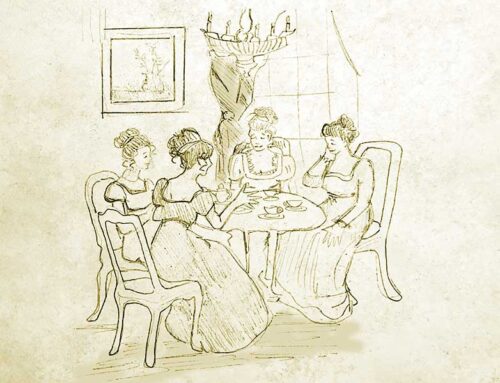
The Regency Era — A Brief Introduction
If you search the internet for the definition of the Regency Era, you may quickly become very confused. There are many different ideas presented online about when the Regency Era in England actually took place. The following is offered as a general guide for the purpose of understanding The Regency World of Nola Saint James.
For literary purposes, the Regency Fiction Writers define the Regency Era in Great Britain as 1780-1840. This covers the time period during which King George III’s mental and physical health was declining and his eldest son, George, the Prince of Wales, was beginning to be positioned to take his father’s place. It also includes the ascension to the throne of the Prince of Wales as George IV – 1820, and his younger brother William’s succession after George IV’s death in 1830 as King William IV.
King William IV died in 1837. He was succeeded by Princess Victoria, the eldest surviving grandchild of King George III. She was 18 at the time that she became Queen. In 1840, she married Prince Albert. The end of the literary Regency Era roughly coincides with the marriage of Queen Victoria.
For historical purposes, the Regency Era began in 1811. King George’s health had deteriorated to the point where he could no longer rule. The Prince of Wales (often referred to as Prinny) was formally named Prince Regent so that he could officially act for the King. The historical Regency Era only lasted from 1811 – 1820. When King George III died in 1820, Prinny became King and took the name George IV. This was the technical end of the historical Regency Era.




